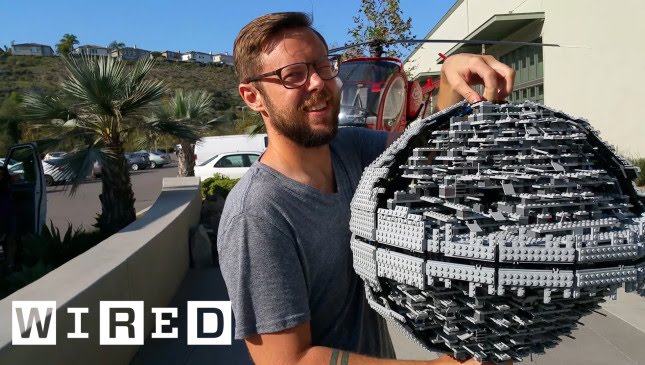Unsinkable Metal Inspired by Fire Ants Developed by University of Rochester Researchers
Summary
In this article, we discuss the development of an unsinkable metal by researchers at the University of Rochester. The metal is made super hydrophobic by etching it with a femtosecond laser, which creates a range of micro and nanostructures that trap air, making it unsinkable and even able to float when punctured. This technology has potential applications in making unsinkable ships and flotation devices for electronic protection.
Inspiration from Fire Ant Rafts
The researchers at the University of Rochester were inspired by the floating rafts of fire ants, which are able to float on water due to the air pockets trapped within their bodies. The researchers used this concept to develop a metal that is unsinkable by creating a surface with micro and nanostructures that trap air, making it super hydrophobic.
Etching with a Femtosecond Laser
To create the micro and nanostructures on the metal surface, the researchers used a femtosecond laser, which emits a pulse that is one millionth of a billionth of a second in duration and has the peak power equivalent to the wattage of the entire North American power grid. This laser pulse is able to transform a smooth metal surface into a highly textured one, creating the necessary air pockets to make the metal unsinkable.
Potential Applications
The unsinkable metal has potential applications in a variety of industries, including shipbuilding and electronic protection. Ships made with this technology would be able to maintain their loading capacity and shape even if damaged, making them safer and more reliable. The metal could also be used as flotation devices for electronic protection, ensuring that sensitive equipment remains afloat even if submerged in water.
Conclusion
The development of this unsinkable metal by researchers at the University of Rochester is an exciting breakthrough in materials science. By drawing inspiration from nature and using advanced laser technology, the researchers have created a material with potential applications in a variety of industries. We look forward to seeing how this technology develops and how it can be used to make our world a safer and more resilient place.







